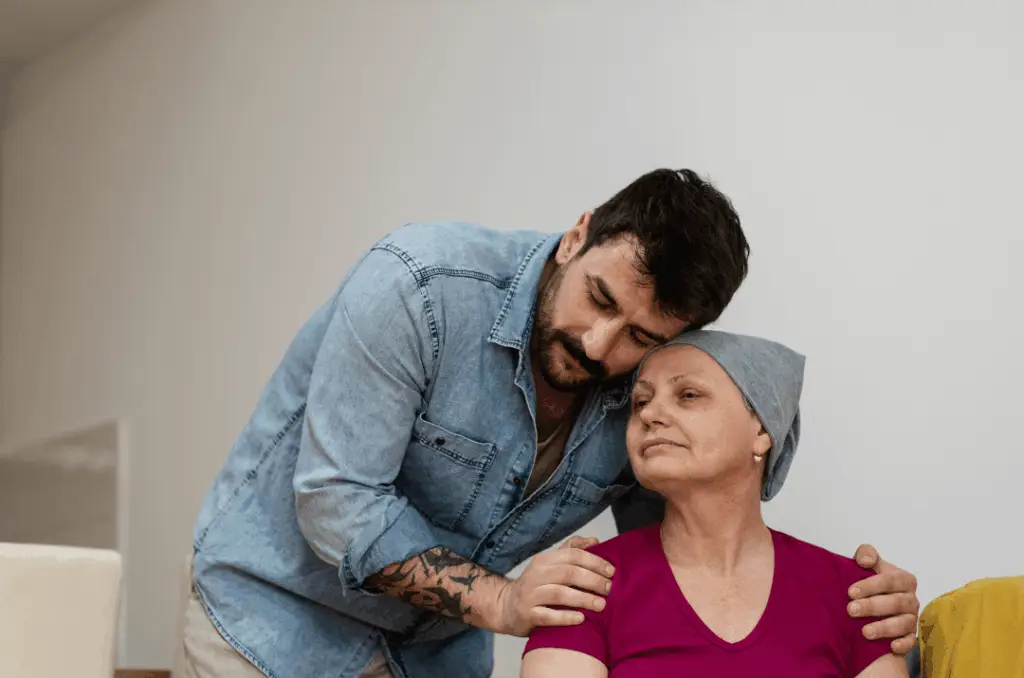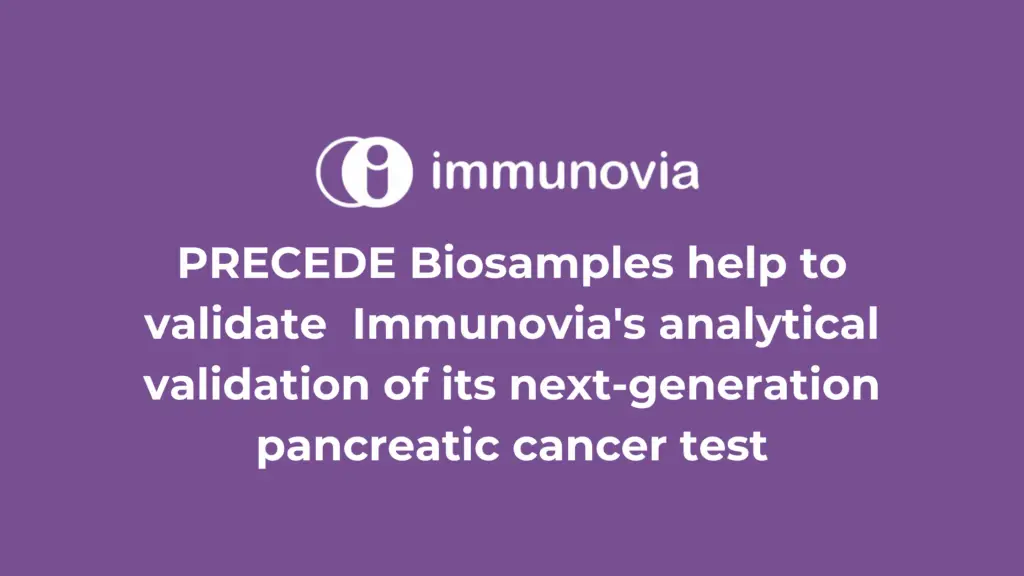Pancreatic cancer remains one of the most challenging cancers to detect and treat effectively. Often diagnosed at advanced stages, the prognosis for pancreatic cancer patients is typically poor, with a five-year survival rate of around 13%. However, advancements in medical technology, particularly in genetic testing, are offering new hope for early detection and personalized treatment strategies.
This blog post aims to educate readers on the significance of genetic testing in pancreatic cancer screening, emphasizing its potential to transform early detection and personalized treatment approaches in the field of oncology.
Genetic Basis of Pancreatic Cancer
Pancreatic cancer arises when cells in the pancreas, a vital organ located behind the stomach, begin to grow uncontrollably. There are several types of pancreatic cancer, the most common being pancreatic adenocarcinoma. Symptoms often do not manifest until the cancer has progressed significantly, making treatment particularly difficult.
Research has shown that genetic mutations may play a significant role in the development of pancreatic cancer. Certain inherited genetic mutations, such as those in the BRCA1, BRCA2, and PALB2 genes, increase an individual’s risk of developing pancreatic cancer. These mutations are also associated with other cancers, such as breast and ovarian cancer, highlighting the interconnectedness of genetic factors in cancer development.
Role of Genetic Testing in Pancreatic Cancer Screening
Genetic testing involves analyzing a person’s DNA to identify specific genetic mutations that may predispose them to pancreatic cancer. This testing can be performed on germline DNA, which is inherited from both parents or on somatic DNA, which refers to genetic mutations that occur during a person’s lifetime in specific cells.
The primary goal of genetic testing in pancreatic cancer screening is early detection and risk assessment. Individuals with a family history of pancreatic cancer or known genetic mutations associated with the disease can benefit greatly from genetic testing. By identifying high-risk individuals early, healthcare providers can implement personalized screening programs and surveillance strategies to detect pancreatic cancer at its earliest and most treatable stages.
Advantages of Early Detection Through Genetic Testing
Early detection of pancreatic cancer through genetic testing offers several advantages. Firstly, it allows for timely intervention and treatment, potentially improving outcomes and survival rates. Secondly, it enables healthcare providers to customize screening and surveillance strategies based on an individual’s genetic risk profile, optimizing resources and improving the efficiency of healthcare delivery.
Case studies and research have demonstrated the effectiveness of genetic testing in identifying individuals at high risk for pancreatic cancer. For example, individuals carrying BRCA mutations have been found to have a significantly increased risk of developing pancreatic cancer compared to the general population. By identifying these mutations early, healthcare providers can offer these individuals personalized screening plans, which may include more frequent imaging tests or preventive measures.
Challenges and Considerations
Despite its promise, genetic testing in pancreatic cancer screening faces several challenges. Ethical considerations, such as patient privacy and informed consent, must be carefully addressed to ensure individuals fully understand the implications of genetic testing results.
The cost of genetic testing and accessibility to testing facilities remain significant barriers for many individuals, especially in underserved communities. Genetic testing can be expensive, and not all insurance plans cover the full cost, which can deter individuals from undergoing testing, particularly those without adequate financial resources or insurance coverage. Additionally, the availability of genetic testing facilities may be limited in rural or remote areas, further hindering access for individuals in these regions. This geographical difference can make healthcare access and outcomes worse for some pancreatic cancer patients.
Public health campaigns and educational programs aim to raise awareness about the importance of genetic testing and advocate for equitable access to testing services for all individuals at risk of pancreatic cancer.
It’s important to note that genetic testing may not provide definitive answers for everyone. False positives and false negatives can occur, potentially causing unnecessary anxiety or leading to missed opportunities for early intervention. Therefore, the interpretation of genetic testing results requires expertise and careful consideration of individual and familial risk factors to guide appropriate medical decisions.
The Future of Genetic Testing in Pancreatic Cancer
Advancements in genetic testing technology and research hold promise for the future of pancreatic cancer screening. Researchers continuously identify new genetic mutations associated with pancreatic cancer risk, expanding the application of genetic testing beyond known high-risk genes. This ongoing research enhances the potential benefits of genetic testing by offering more comprehensive risk assessments.
Innovations in genomic sequencing and bioinformatics are crucial. These advancements not only improve the accuracy and efficiency of genetic testing but also make it increasingly accessible and cost-effective over time. This progress is essential to integrate genetic testing into routine pancreatic cancer screening protocols, potentially leading to earlier detection and improved patient outcomes.
Personalized medicine, where treatments match a person’s genetic profile, is gaining importance in cancer care. Genetic testing in pancreatic cancer is key for developing personalized treatments. By understanding a patient’s genetic makeup, doctors can select treatments that may be more effective, reducing side effects and enhancing quality of life.
Looking ahead, investing in research and technology is critical to refine genetic testing and expand its benefits in pancreatic cancer care. By leveraging genetic insights, we aim to enhance early detection and personalized treatment options, which could significantly enhance outcomes for pancreatic cancer patients.
Join TrovaNow in Advancing Early Detection of Pancreatic Cancer
Genetic testing represents a powerful tool in the fight against pancreatic cancer, offering potential for early detection, personalized treatment plans, and improved survival rates. While challenges remain, ongoing research and technological advancements are crucial for a future where genetic testing becomes increasingly important in cancer prevention and management.
At TrovaNow, we are dedicated to advancing early detection of pancreatic cancer to save lives. As we learn more about the genetic factors influencing pancreatic cancer, it is crucial for those at high risk to consider genetic testing and personalized screening options. By using genetic information, we believe we can significantly reduce the impact of pancreatic cancer and improve patient outcomes.
Join us in our mission to make a difference. Your support can help fund vital research and initiatives aimed at early detection strategies. Get involved today; every contribution counts. Together, we can create a future where pancreatic cancer is detected early and treated effectively.





